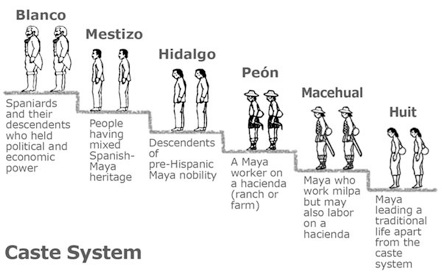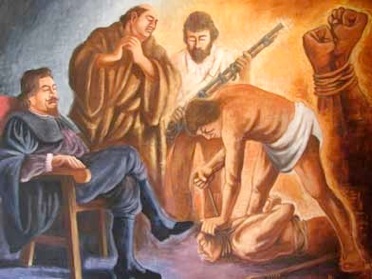



gallery 2
YUCATÁN IN THE FIRST HALF OF THE 19TH CENTURY: MAYA LIFE
At the beginning of the 19th century, the Spanish colonial “caste” system remained firmly in place. The system organized social, religious, political, and economic life into predetermined and fixed roles based on birth and ethnicity. The system not only determined the work of the 500,000 residents of the Yucatan, but also set rates of taxation and tribute to the state and the Church.
For the Maya of the Yucatan, the caste system threatened every aspect of their community, especially the practice of slash-and-burn agriculture called milpa. Many Maya were forced to work in the hacienda system in which a Spanish patrón (owner), required the local Maya to work for little or no wages in a state of debt peonage. The Catholic Church itself was one of the prominent hacienda owners.
Although much of Mexico moved away from the caste and hacienda systems following independence from Spain in 1821, in the Yucatan elements of these persisted, setting the stage for the Caste War in 1847. The hacienda system transitioned at this time to one of plantations that emphasized sugar cane and the fiber plant henequen, both of which required an abundant, cheap labor force and access to lands that the Maya traditionally controlled.


Web design by the Penn Cultural Heritage Center copyright 2013












